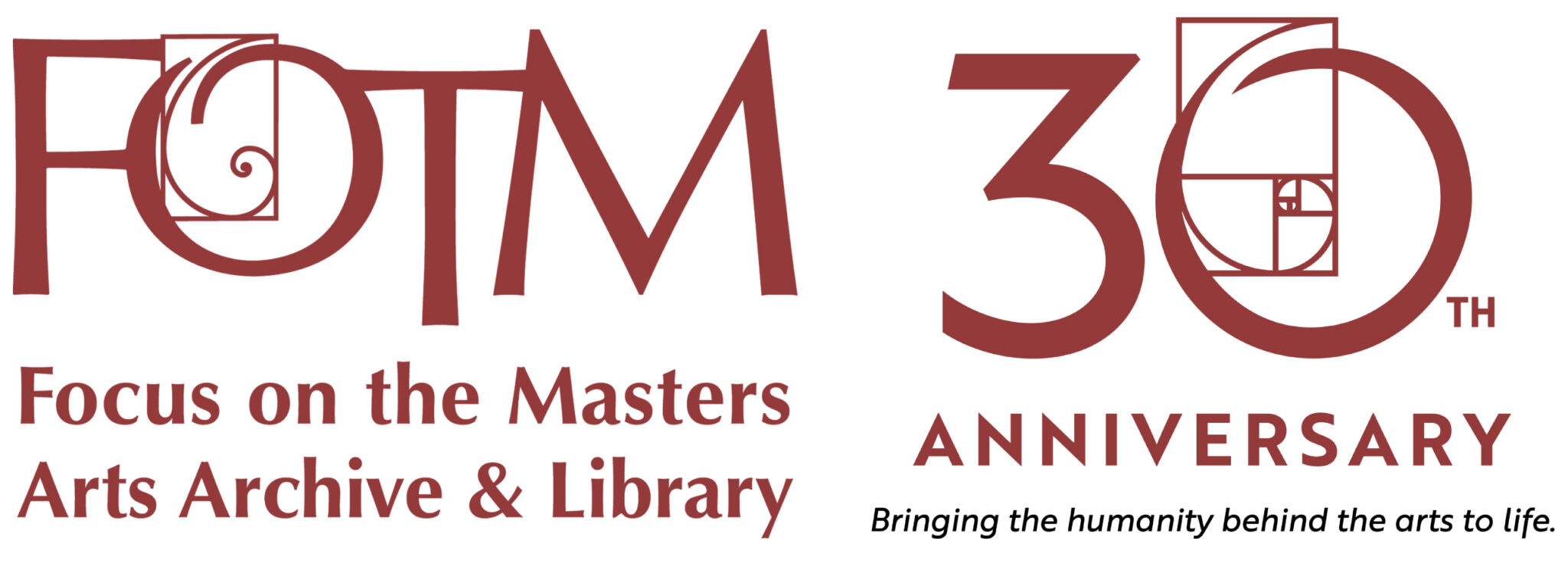Horace Bristol
(1908 – 1997)

Photographer
Portrait © Donna Granata 1996
Horace Bristol brought the plight of humanity into the homes of millions of people through his compassionate eye and sensitive heart. He is respected as one of the greatest photojournalists of the pre-television era, which Bristol considered the Golden Age of photography. After being a staff photographer for LIFE from 1937 to 1941, Bristol became an officer in the U.S. Navy for the next four years under the sponsorship of Edward Steichen. Bristol’s World War II and post war images are considered to be definitive examples of wartime photojournalism and have become national treasures.
After WWII, he was sent to Japan by Fortune magazine for a two year assignment and stayed for over 20 years. His years in Japan profoundly changed his life. It was there that he lost his beloved first wife to an untimely death. His intense sadness prompted him to destroy many negatives and retire from photography. It was also in Japan that he began a new life and found great joy with his second wife, Masako.
His most renowned work would certainly include his early images depicting the plight of the American migrant workers who suffered during the Depression era. Bristol’s interaction with these people inspired him to contact John Steinbeck for a possible collaboration. Steinbeck instead saw the makings of a novel, which resulted in the creation of one of the great works of American literature, The Grapes of Wrath. Bristol’s close personal friendships and constant interaction with a great group of photographers (later referred to as the “f/64” group) left an indelible mark on Horace’s life. This elite group included Ansel Adams, Edward Weston, Dorothea Lange, and Imogen Cunningham, to name only a few.
Horace moved to Ojai, California to raise his children in 1976. The rediscovery of his photography was prompted by his youngest son, Henri. In 1985, while attending high school, Henri was assigned to read The Grapes of Wrath. He asked his father if he had read the famed novel. Horace took Henri to a storage shed where the remaining vintage photographs were stored and shared with his son his travels with Steinbeck. After almost 30 years in obscurity, Horace and his historic work quickly earned renewed public interest.
